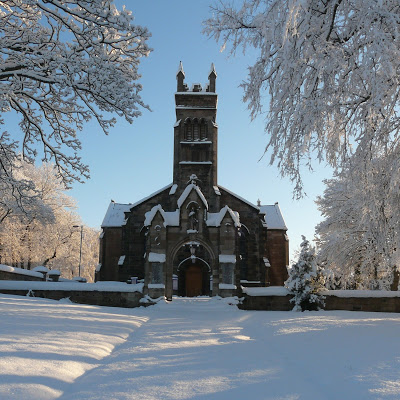Name: Lord Thomas Somerville, 1st. Lord of Somerville, son of Sir William Somerville and Katherine Halliday.
Married: 1385 in Lanarkshire, Scotland to Lady Janet Stewart
Death: December 1444 in Carnwath, Lanarkshire, Scotland

Death: December 1444 in Carnwath, Lanarkshire, Scotland
Burial: December 1444 in Collegiate Church Cemetery
Carnwath, South Lanarkshire, Scotland
"Some say his 1st wife was Janet, daughter of Sir Alexander Stewart of Darnley and was mother of his children. From Doug Hickling: "Janet, daughter of Sir Alexander Stewart of Darnley by his first wife Johanna Turnbull, daughter of Sir Turnbull of Minto. Sir Alexander was descended (in the male line) from Sir Alan Stewart, the second son of Sir John Stewart of Bonkyl and (in a female line) from Sir Walter Stewart,the fourth son of Sir Alan. The Somerville article in CP12:92, which was published in 1953 and is therefore one of the newer CP volumes, states that William Somerville of Carnwath was the son and heir of Sir Thomas Somerville and his first wife, Janet, daughter of Sir Alexander Stewart of Darnley and was born in or before 1400. At footnotes, the articles says that Sir Thomas married Janet Stewart before July 1391, thus obtaining the barony of Cambusnethan. The same note says that he married Mary Sinclair in 1407 and that it is unlikely that she was the mother of his son William. Sir Thomas' third wife, whom he married pursuant to a 2 November 1411 dispensation, was Elizabeth Keith, 4th daughter of Sir William Keith, who was the widow of Sir Nicholas Erskine of Kinnoull and of Sir Adam Gordon of Huntly." source: 26 August 2013 by sesimons1239602

Cambusnethan, Lanarkshire, Scotland
Baron Thomas Somerville, 1st. Lord of Somerville | ||||||||||
   
|


No comments:
Post a Comment